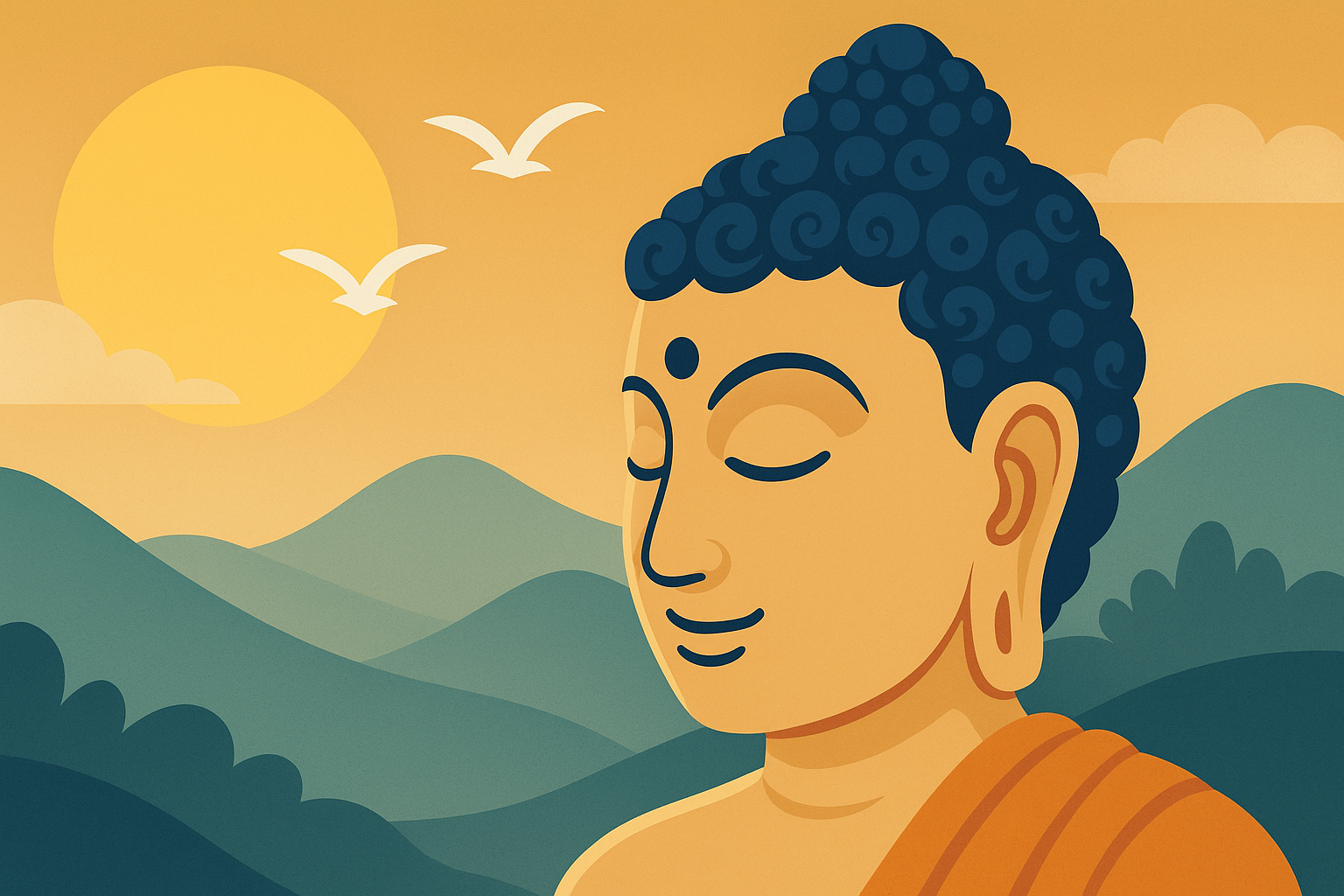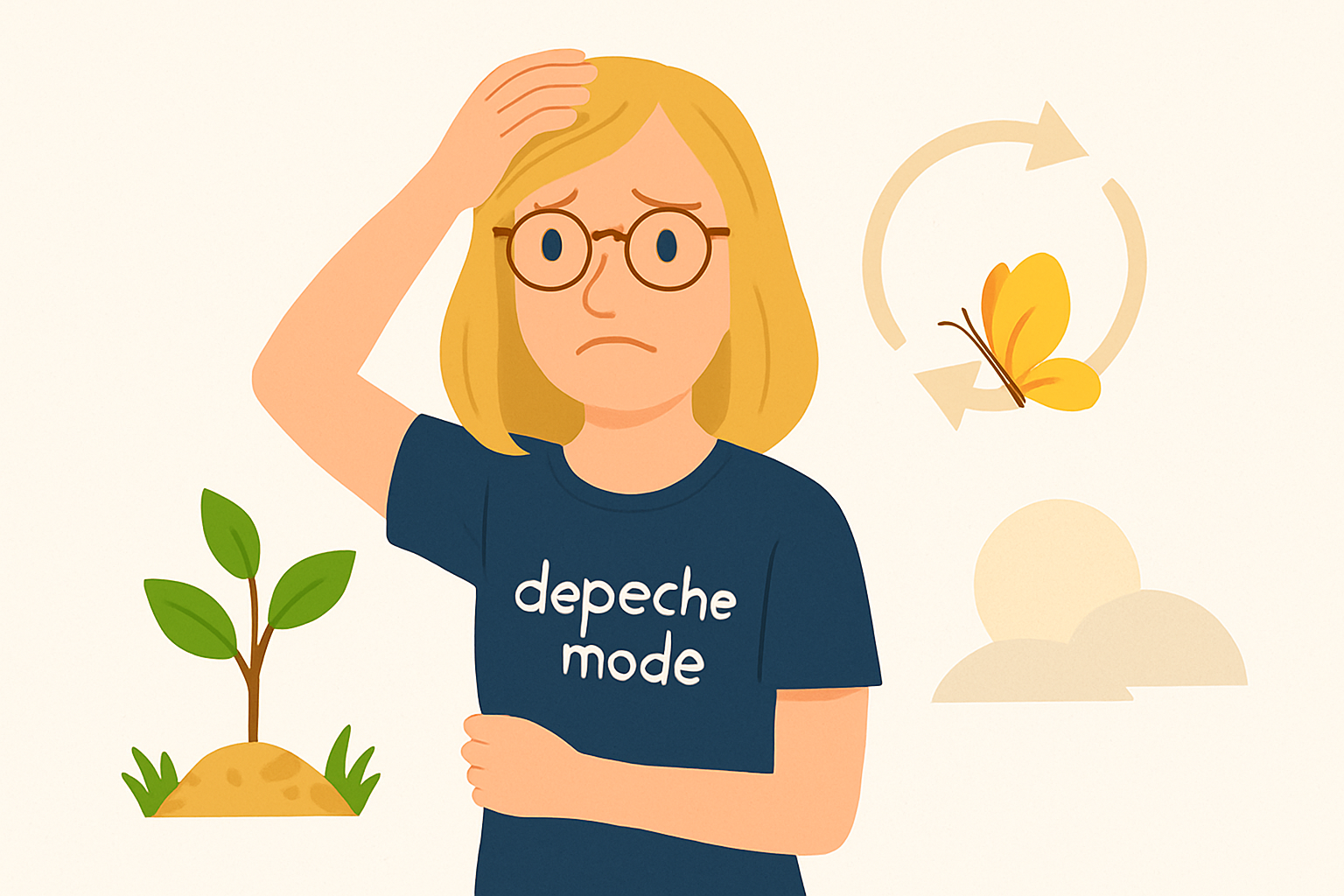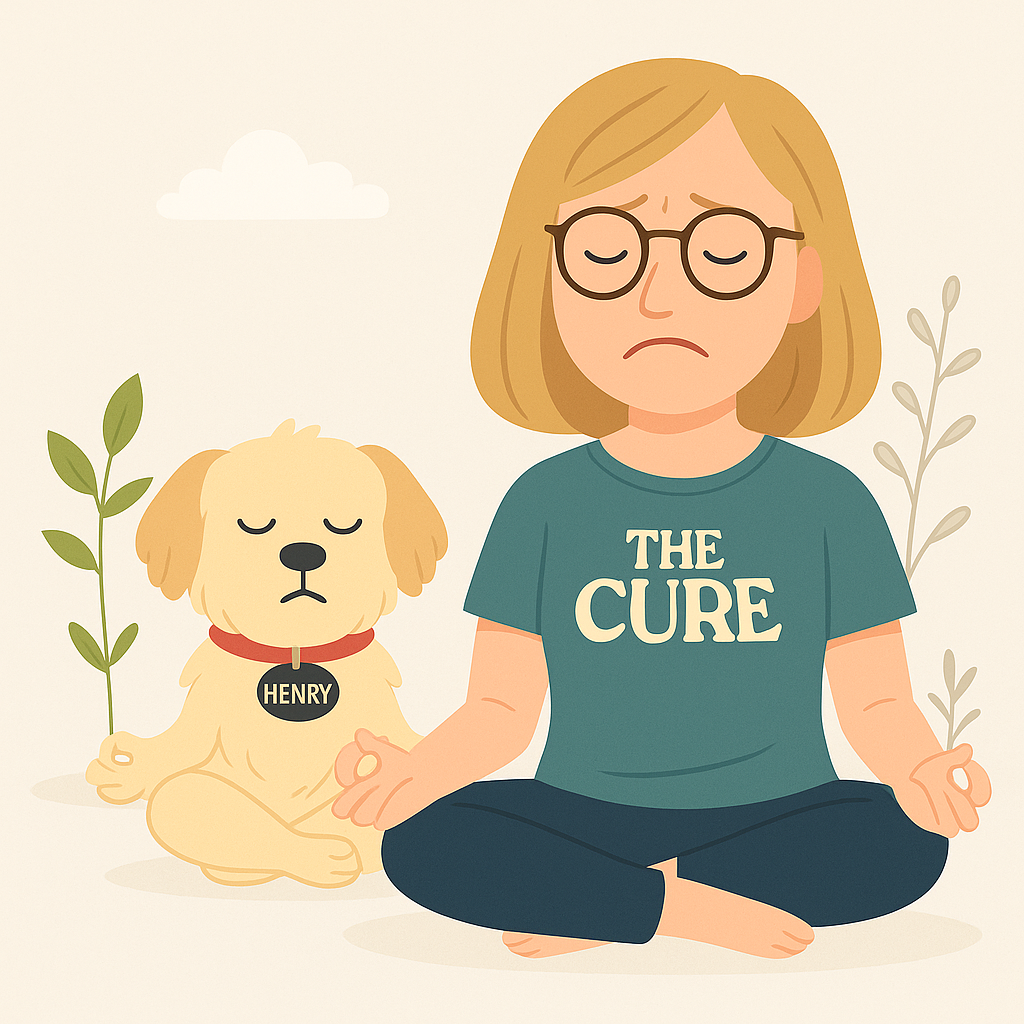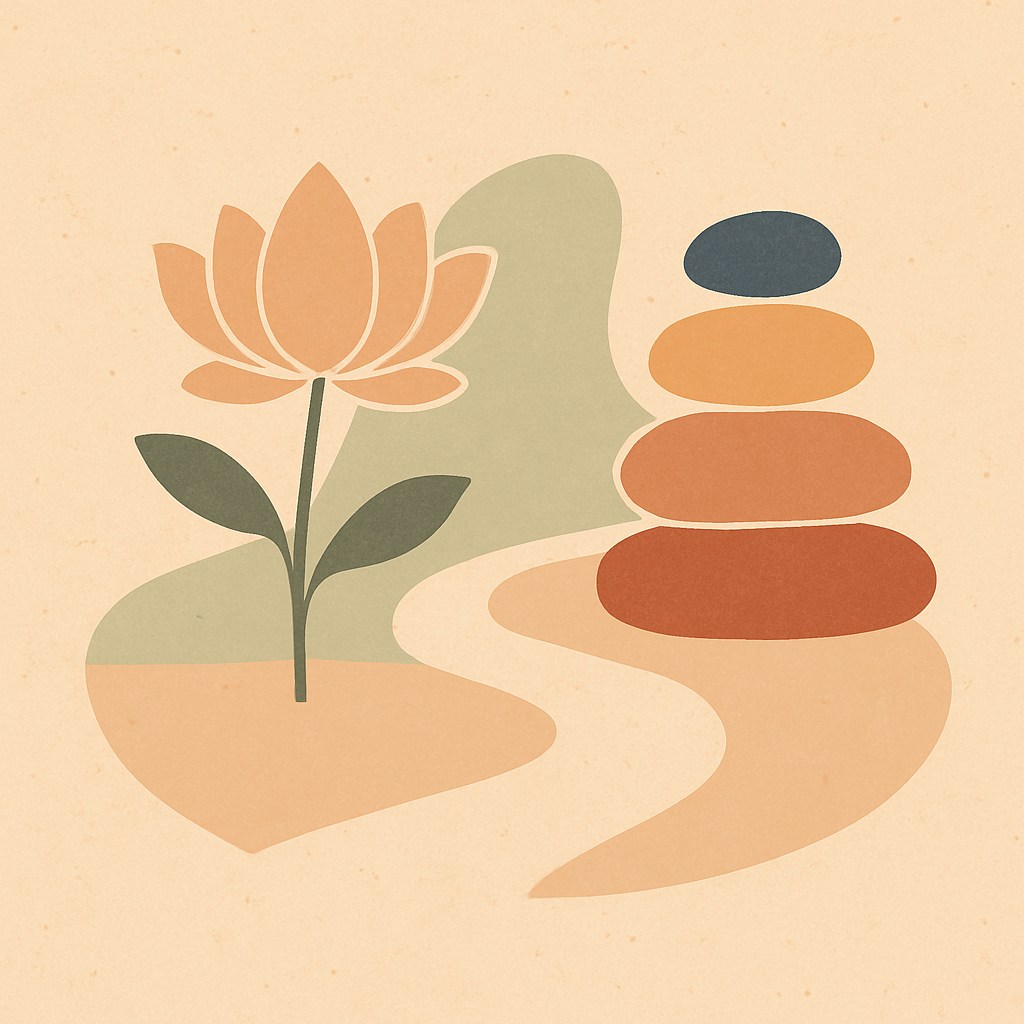🌀 Buddhism for Real Life — Part 2 of 10
A Buddhist series for real life. See all posts in the series.
You’ve probably seen him: a statue on a shelf, a tattoo, a meme saying “let that sh*t go.”
But who was the Buddha, really?
And more importantly… what does a man who lived 2,500 years ago have to do with your inbox, your anxiety, or the way you reacted to your partner last night?
Let’s meet the Buddha — not as an icon, but as a human being who changed his life. And then used that life to help others do the same.
Prince. Wanderer. Teacher.
Siddhartha Gautama was born into royalty, somewhere between the 5th and 6th centuries BCE in what is now Nepal. According to the texts, he was surrounded by luxury, shielded from suffering, and set to inherit power.
Then one day, he left the palace walls and saw what we all eventually do:
- Old age
- Illness
- Death
- A wandering monk with calm in his eyes
These sights shook him. So he left everything behind — yes, even his family — and went looking for answers.
🪷 The Big Insight
After years of fasting, seeking, and nearly dying from over-effort, Siddhartha sat beneath a tree and vowed:
“I will not rise until I understand the nature of suffering.”
And through deep meditation, he did. He saw:
- That all beings suffer
- That we cling to what can’t last
- That there is a path to peace
- That it’s open to anyone
That moment is what we now call his awakening. He became the Buddha, or “one who is awake.”
Okay but… Why Should You Care?
Because his story is your story.
You may not be royalty, but you’ve probably been told to chase happiness in the form of success, stuff, or being liked.
You may not leave home to meditate under a tree, but maybe you’ve paused during a tough week and wondered,
“Is this all there is?”
You may not shave your head, but you can start letting go of the thoughts that make you suffer.
Buddhism doesn’t ask you to become the Buddha.
It asks you to learn from his example — to stop running, to look inward, and to begin where you are.
🛠 What the Buddha Didn’t Do
Let’s clear a few things up:
- He didn’t “found a religion” with robes and rituals
- He didn’t claim to be a god or ask to be worshipped
- He didn’t give people a belief system — he gave them tools
And those tools are still alive today because they work — not just in monasteries, but in homes, offices, hospital rooms, and yes, even rush hour traffic.
🕊 Just One Breath
Today, take 30 seconds. Sit. Breathe.
Ask yourself, like Siddhartha did:
“What am I clinging to?”
Don’t force an answer.
Just notice. Let the question live in you.
Sources & Notes:
- The Buddha’s story is told in many versions, from the Pali Canon to Tibetan texts. While the details vary, the key elements (palace life, renunciation, awakening) are consistent.
- Modern retelling: Old Path White Clouds by Thich Nhat Hanh is a gentle, beautifully written account for beginners.




